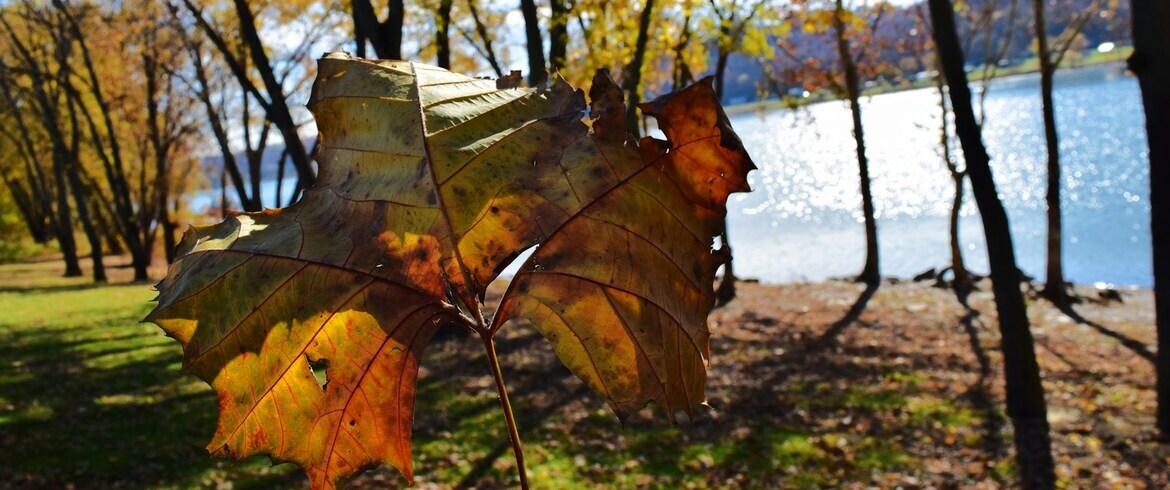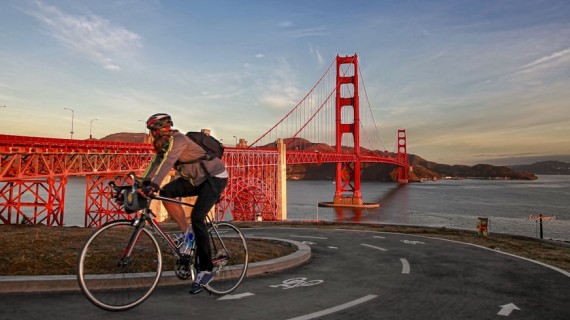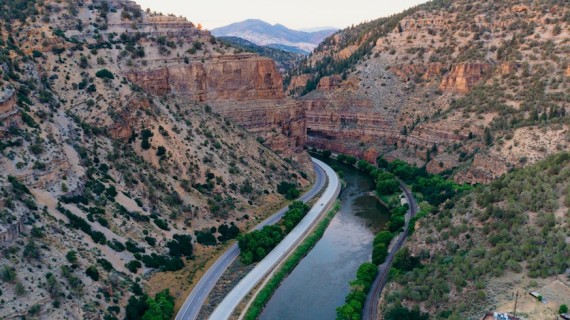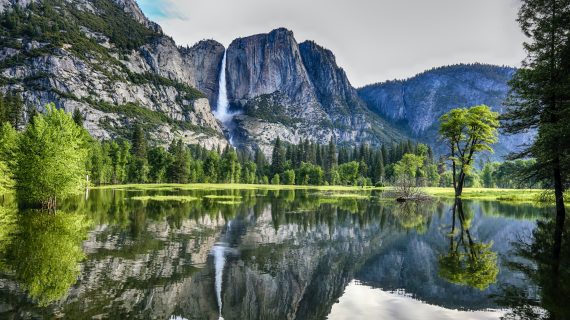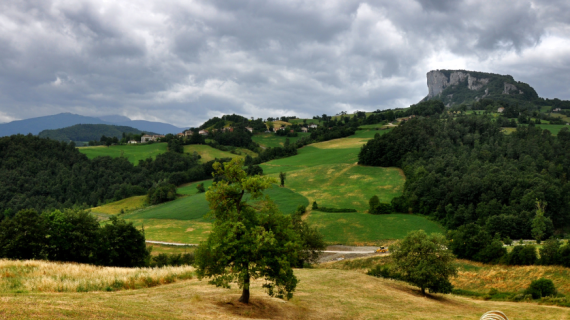Imagine gliding quietly along a sunlit river, the sound of water gently brushing against your paddle. The Ohio River connects communities across six states, shaping both culture and economy for generations. This historic waterway carries stories of trade, industry, and natural life. Yet as tourism grows, its fragile ecosystem needs protection. Travelers can reduce their impact by supporting local businesses, using cleaner transport, and respecting the river’s habitats. By choosing mindful options, you can experience the Ohio River region while preserving its value for those who follow.
Exploring the River by Paddle Instead of Power
Paddling lets you connect with the river without harming it. Canoes, kayaks, and paddleboards move quietly, reducing noise and fuel use while keeping wildlife safe. Birds and otters stay undisturbed, and their natural habits continue.
Eco-tours in cities like Louisville and Owensboro teach paddling safety and river ecology. Many tour operators support clean water programs, turning recreation into conservation. Choosing paddles over engines helps protect habitats while offering a closer look at river life.
Combine paddling with short hikes along nearby trails to see marshes and wooded areas. These trips reveal how land and water systems depend on each other, deepening appreciation for the Ohio River’s natural balance.
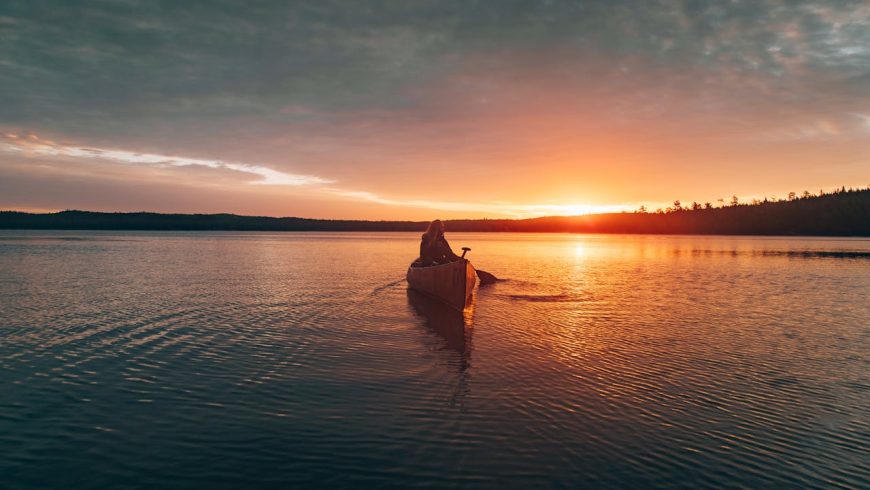
Supporting Local Farms and River Markets
Communities along the Ohio River thrive on small agriculture and handmade production. Supporting farmers’ markets and local food venues cuts pollution caused by long-distance shipping. It also keeps money circulating inside the region. Markets in Cincinnati, Evansville, and Huntington offer seasonal produce, fresh honey, and handmade crafts. By shopping directly from growers, you help sustain family businesses while eating food that has traveled fewer miles.
Restaurants near the waterfront are joining the movement. Many chefs work directly with farms to create menus based on regional crops. This reduces packaging waste and encourages organic farming. Choosing such eateries means every meal helps build a cleaner economy.
Simple actions matter too. Bring reusable bags, water bottles, and containers for takeout. Refuse single-use plastic straws and utensils. If each visitor practiced this, waste near the riverfront would drop significantly. These steps prove that tourism and sustainability can grow together.
Eco-Friendly Ways to Experience the Ohio River Region
Above all, transportation affects how eco-friendly your trip becomes. Using electric cars, shared rides, or public transport reduces emissions dramatically. Several cities near the river now provide electric vehicle charging stations. Bicycle routes such as the Ohio River Greenway allow you to move between towns at your own pace while enjoying open views.
Choosing where to stay also matters. Eco-lodges, small inns, and bed-and-breakfasts often use renewable energy sources or recycle water. Many also avoid disposable toiletries and buy from nearby suppliers. This helps reduce both waste and transport fuel. Before booking, check if the property participates in green programs like LEED or Energy Star certification.
Volunteering adds meaning to your travels. Local cleanup events, hosted by riverfront associations, let visitors help clear debris and plant vegetation that stabilizes banks. These activities give you insight into how communities care for their environment. They also show that protecting natural resources is a shared effort, not just a policy.
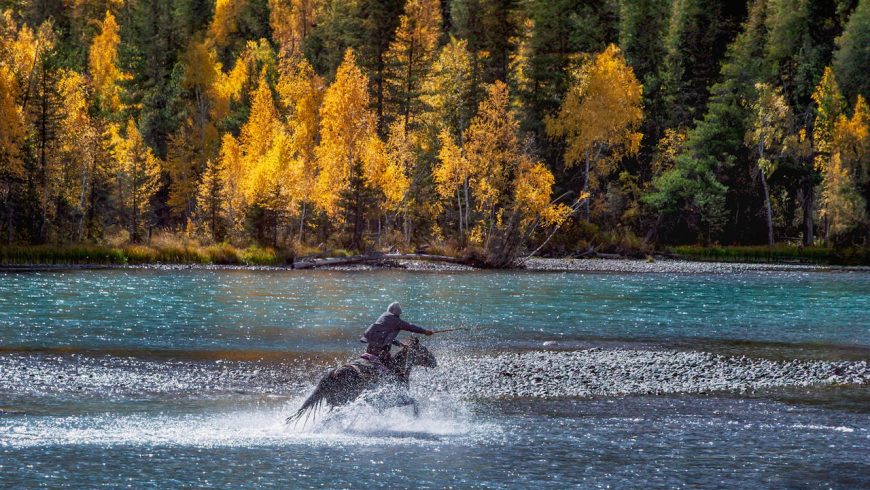
Preserving Culture Through Responsible Tourism
The Ohio River is more than a waterway; it’s a record of migration, labor, and innovation. Exploring small towns and historic districts allows you to connect with people who keep these traditions alive. In Madison, Indiana, preserved architecture tells stories of 19th-century trade. Maysville, Kentucky, features museums and art spaces celebrating local heritage. Responsible tourism means supporting such places without overwhelming them. Spend time learning about their efforts instead of rushing through landmarks.
Visitors who want a deeper understanding can tour community museums or attend seasonal fairs where craftspeople sell handmade goods. Buying from artisans ensures cultural practices survive while generating fair income. Respect for local identity protects intangible heritage as much as physical sites.
Taking time to experience the Ohio River region also means honoring Indigenous heritage. Several tribes have deep historical connections to these waters. Learning about their stewardship helps travelers understand the river’s broader significance. Many organizations now collaborate with Native educators to present accurate cultural information. Listening and participating with respect adds authenticity to your visit.
Practicing Leave-No-Trace Outdoor Habits
Outdoor recreation stays sustainable when visitors protect what they enjoy. Follow simple leave-no-trace rules: pack out everything you bring, dispose of waste properly, and stick to marked trails to prevent erosion. Camp with care since runoff can carry waste into the river.
Use biodegradable soap and sunscreen to reduce chemical pollution. Small actions—such as refillable fuel canisters or reusable containers—limit waste and protect aquatic life.
Join community cleanups to help remove litter from riverbanks and trails. These events improve the area’s beauty while connecting people who share the same care for nature. Responsible habits ensure the Ohio River remains clean and enjoyable for everyone.
Learning from River Conservation Groups
Education strengthens environmental protection. Several organizations around the Ohio River dedicate time and funding to preservation. The Ohio River Foundation focuses on restoring native habitats and improving water quality. ORSANCO monitors pollution levels and provides reports used by state agencies to set environmental standards.
Visitors can join volunteer programs, attend workshops, or sponsor small projects. Activities often include tree planting, water sampling, and school visits. These programs make environmental science easy to understand while showing how everyone contributes to cleaner water.
Families traveling with children can turn participation into an outdoor classroom. Watching experts collect samples or measure flow rates creates a real connection between daily life and conservation. The experience often sparks curiosity that continues beyond the trip.
Supporting these groups also means promoting accountability. Donations, even small ones, help fund ongoing cleanup and research. Transparency is key—most organizations publish updates about their impact, showing exactly where resources go. Knowing this ensures your contribution has real results.
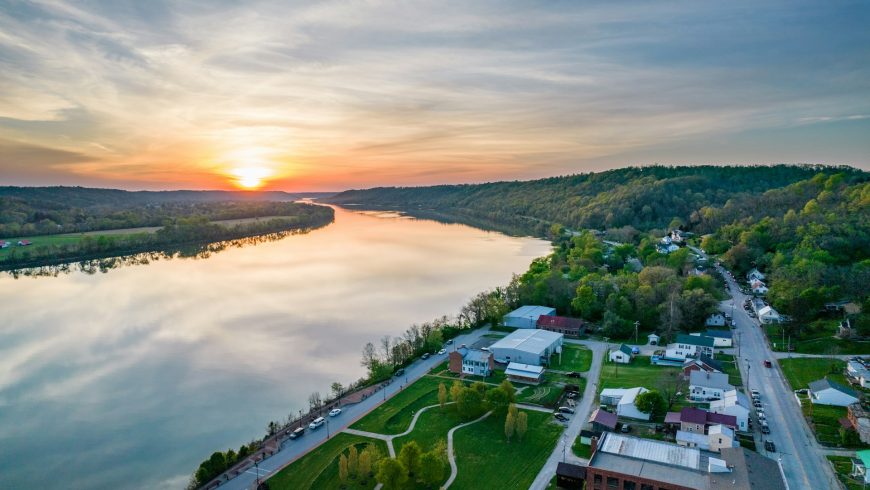
Sustaining the River’s Future Together
Sustainability is no longer optional—it’s a shared responsibility. Every eco-conscious choice protects the Ohio River’s beauty and biodiversity. Whether you shop locally, paddle quietly, or volunteer for cleanup projects, your behavior shapes the region’s future. By choosing mindful methods, anyone can truly experience the Ohio River region in a way that honors both nature and culture. Keeping it healthy ensures that future visitors can enjoy the same waters, clear skies, and thriving towns that define its spirit today.
How to Travel Green in the Ohio River Region
- Stay in eco-lodges or B&Bs that use renewable energy and reduce waste
- Join a local river cleanup day or tree-planting project
- Choose electric transport or bike routes like the Ohio River Greenway
- Buy organic, locally grown food at farmers’ markets
- Use reusable bottles, bags, and containers to reduce plastic waste
- Learn about Indigenous and local heritage through community tours
Cover image: photo via Unsplash

Author Bio: Tori Sims is passionate about eco-conscious travel and helps travelers discover North America’s green destinations through mindful choices. As a consultant at Ready 2 Roll Moving, she provides practical insights for exploring responsibly and supporting local communities while reducing your environmental footprint.
